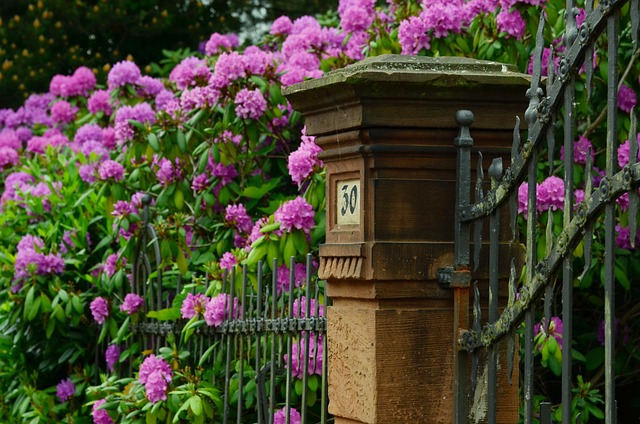For New Bedford, Massachusetts homeowners looking to enhance their outdoor spaces, DIY fence installation offers a cost-effective and rewarding project. This comprehensive guide navigates the process step-by-step, from selecting the ideal fence type for your yard’s unique needs—whether it’s privacy, aesthetic appeal, or security—to measuring, planning, installing, and maintaining your new barrier. By following these expert tips, you’ll ensure a durable, attractive addition to your property that increases curb appeal and provides years of enjoyment.
- Choosing the Right Fence for Your Yard
- Measuring and Planning Your Fence Layout
- Step-by-Step Guide to Fence Installation
- Maintenance Tips for Longevity
Choosing the Right Fence for Your Yard
When considering DIY fence installation, New Bedford homeowners should start by evaluating their yard’s unique characteristics. The type of fence best suited depends on factors like your climate, soil conditions, and desired aesthetics. For instance, a wooden fence offers classic charm but requires regular maintenance against rot and pests. Vinyl fences are low-maintenance alternatives, suitable for all weather conditions, while chain link fences provide security at a lower cost, ideal for areas needing extra protection.
Additionally, think about the functionality you need from your fence. Is it primarily for privacy, defining property lines, or adding visual appeal? This decision will narrow down material choices and design possibilities, ensuring you select the right fence that not only complements your yard’s style but also serves your practical needs effectively.
Measuring and Planning Your Fence Layout
Before you begin installing your fence, accurate measuring and planning are essential. Start by examining the area where you want to place the fence and identifying any existing structures or obstacles like trees, utility lines, or landscaping features. These elements will impact your fence’s layout and type.
Next, decide on the fence’s style and height based on your needs and New Bedford’s local regulations. Use measuring tape to take precise measurements of the perimeter you wish to fence, marking key points along the way. This data will guide you in purchasing the right amount of materials and ensuring a secure, level installation.
Step-by-Step Guide to Fence Installation
When installing a fence, proper planning and execution are key. Start by assessing your property line and obtaining any necessary permits from local authorities. Choose the right fence type for your New Bedford, Massachusetts climate and landscape—wooden or vinyl fences are popular choices here. Measure and mark the perimeter of your desired fence area accurately using stakes and string to ensure a straight line.
Dig holes for the fence posts at designated intervals, typically about every 8 feet. Place concrete in each hole, allowing it to set completely. Once the concrete is firm, attach the fence panels or pickets to the posts with brackets, ensuring they’re level and secure. Regularly inspect your work during installation for any adjustments needed to maintain alignment. Finish by adding a gate if required and treating wooden fences with preservative to protect them from the local climate.
Maintenance Tips for Longevity
Regular cleaning and maintenance are essential to keep your new fence looking its best over time. Start by sweeping or brushing away any dirt, debris, or leaves that may accumulate on the fence regularly. A soft-bristled brush or garden hose can help with this task.
Additionally, inspect your fence for any signs of damage, such as loose boards, rusted hardware, or warped posts. Addressing these issues promptly will prevent small problems from becoming bigger, costly repairs down the line. Keep a close eye on areas exposed to high traffic or harsh weather conditions, and consider applying a fresh coat of paint or sealant annually to protect the fence and prolong its lifespan.
